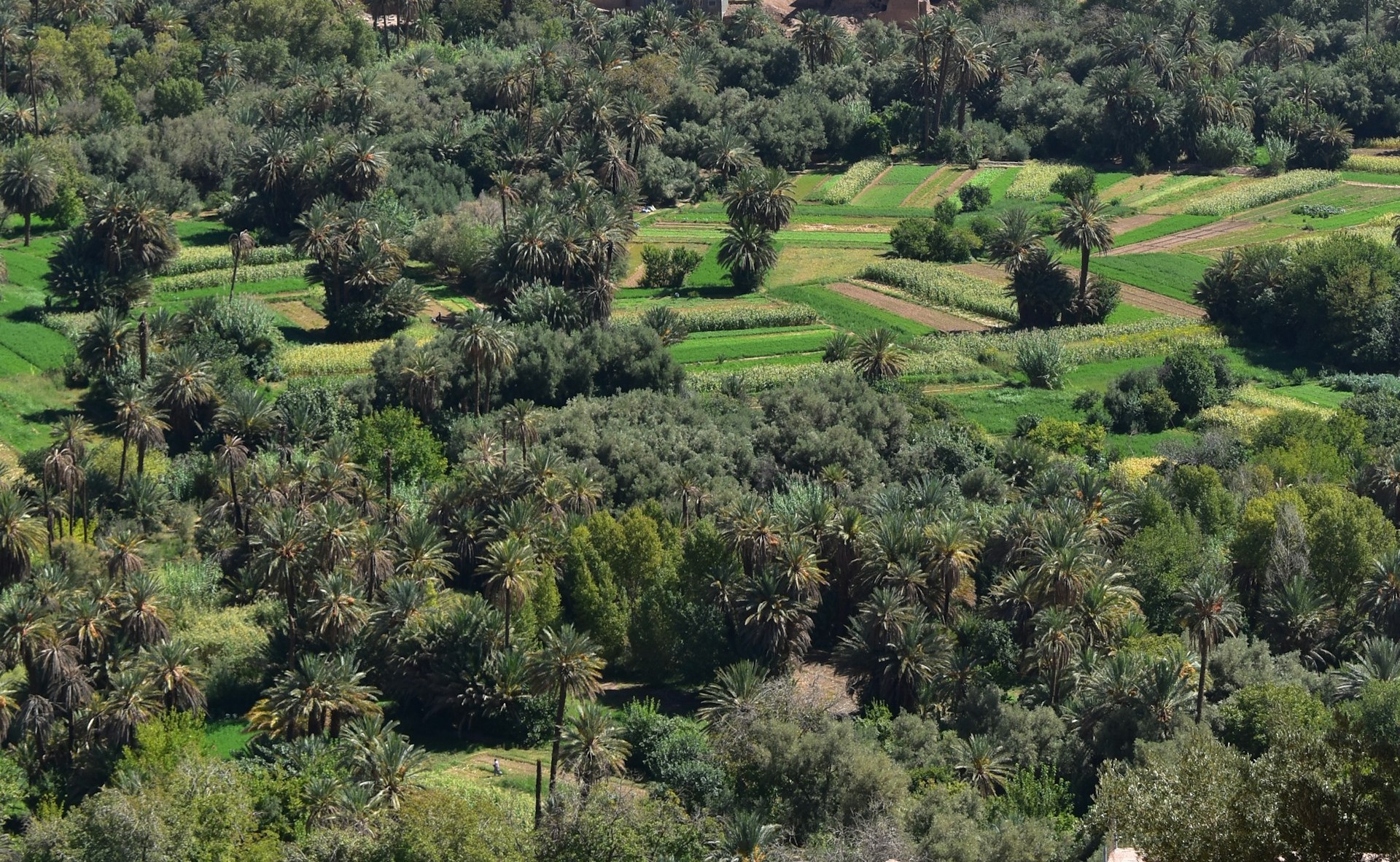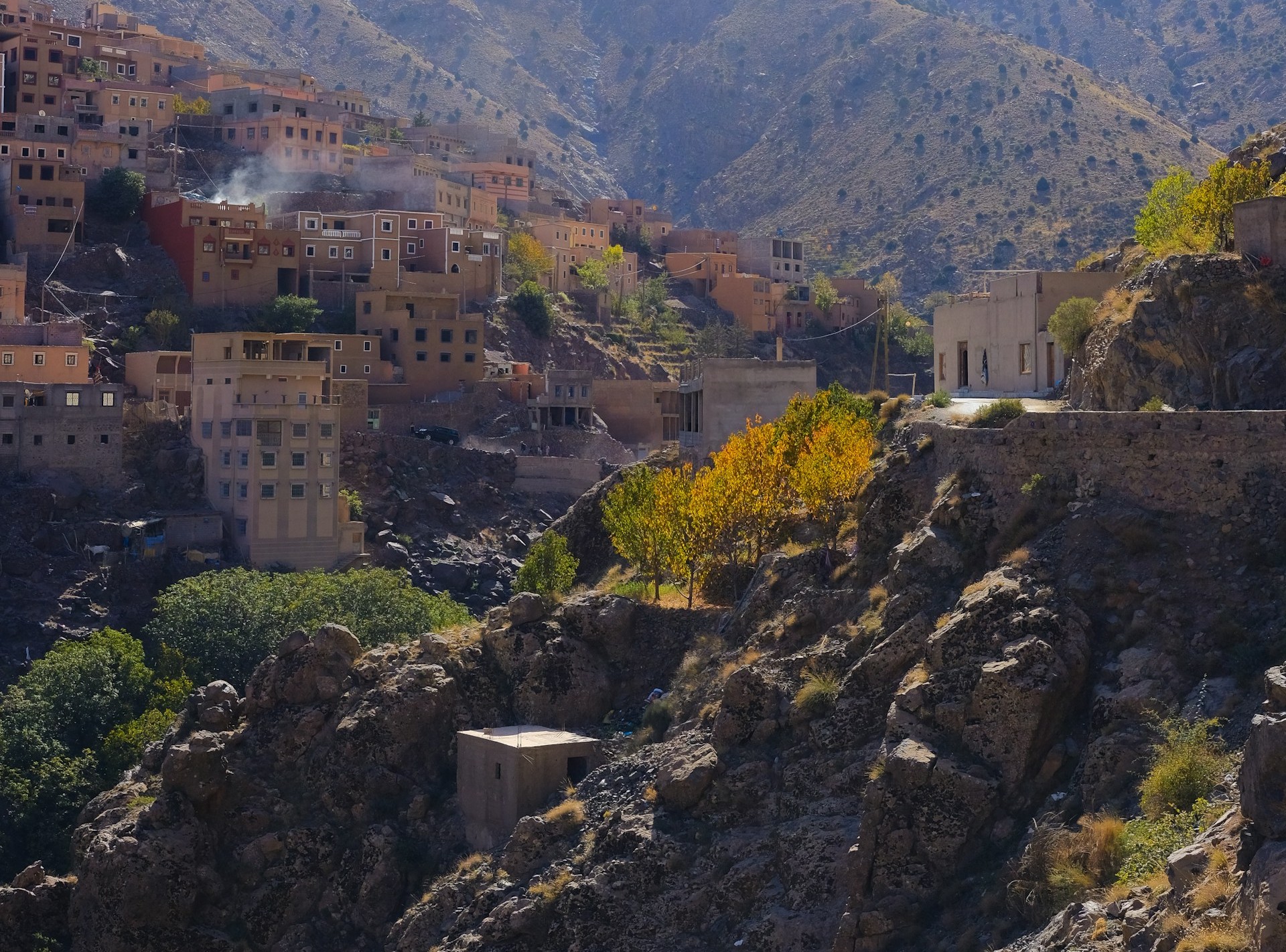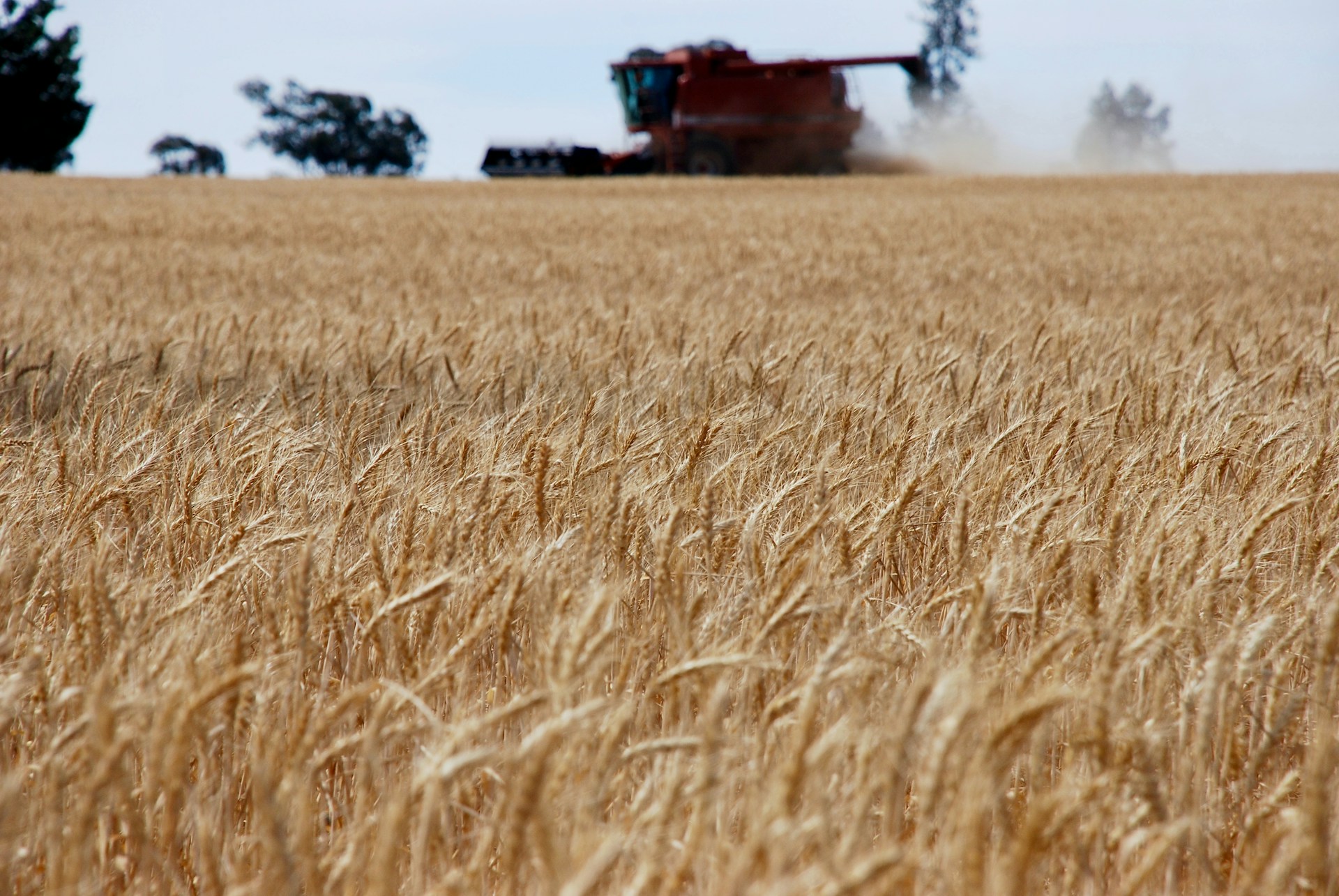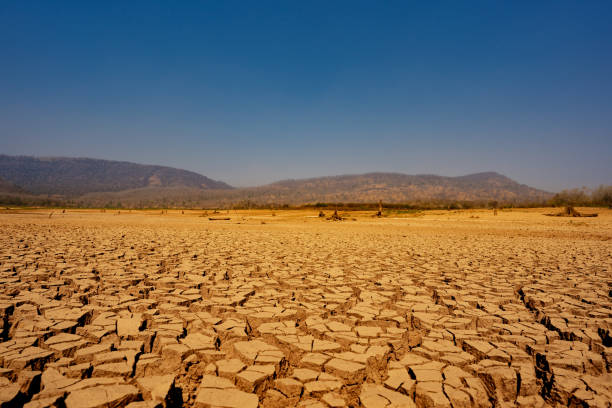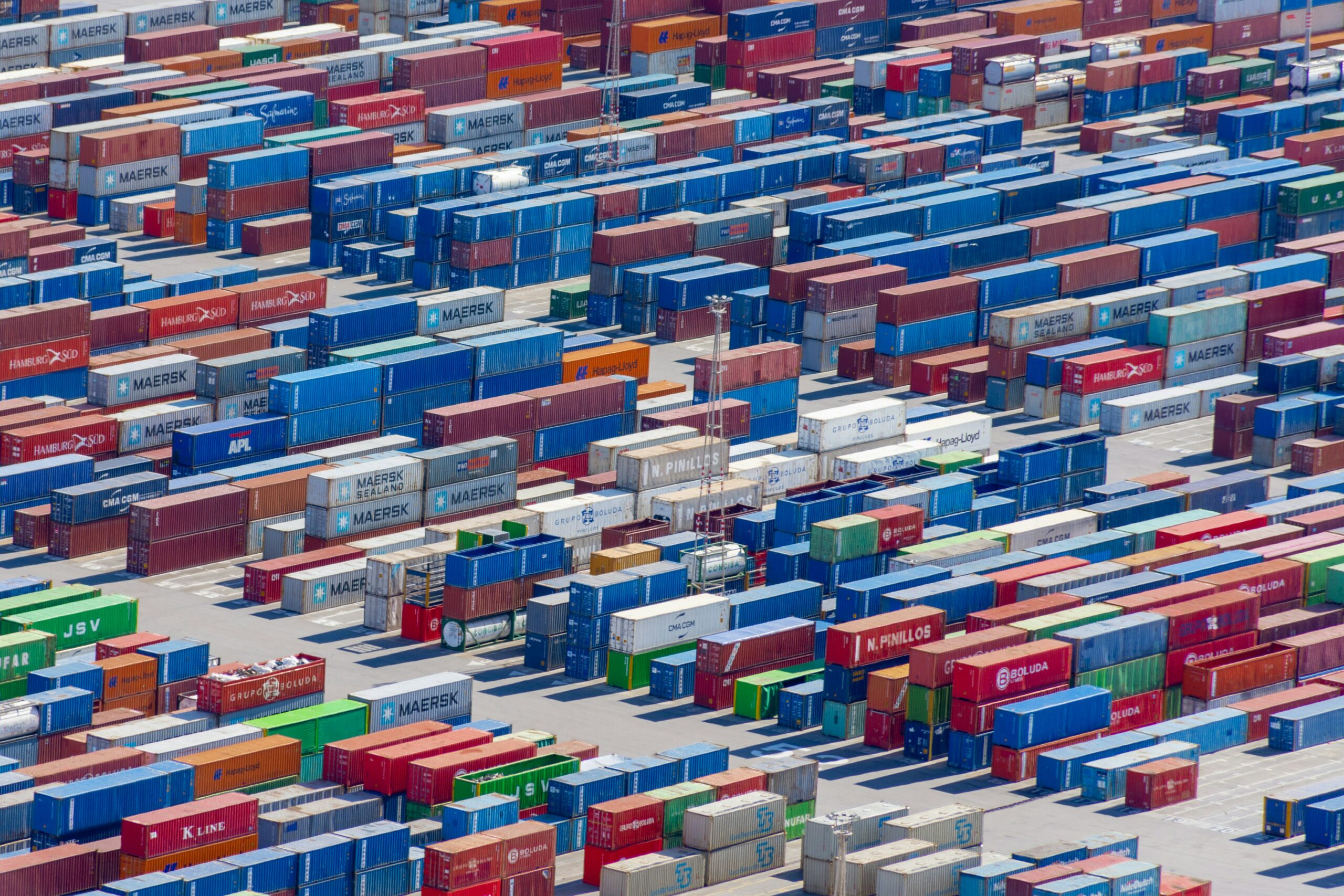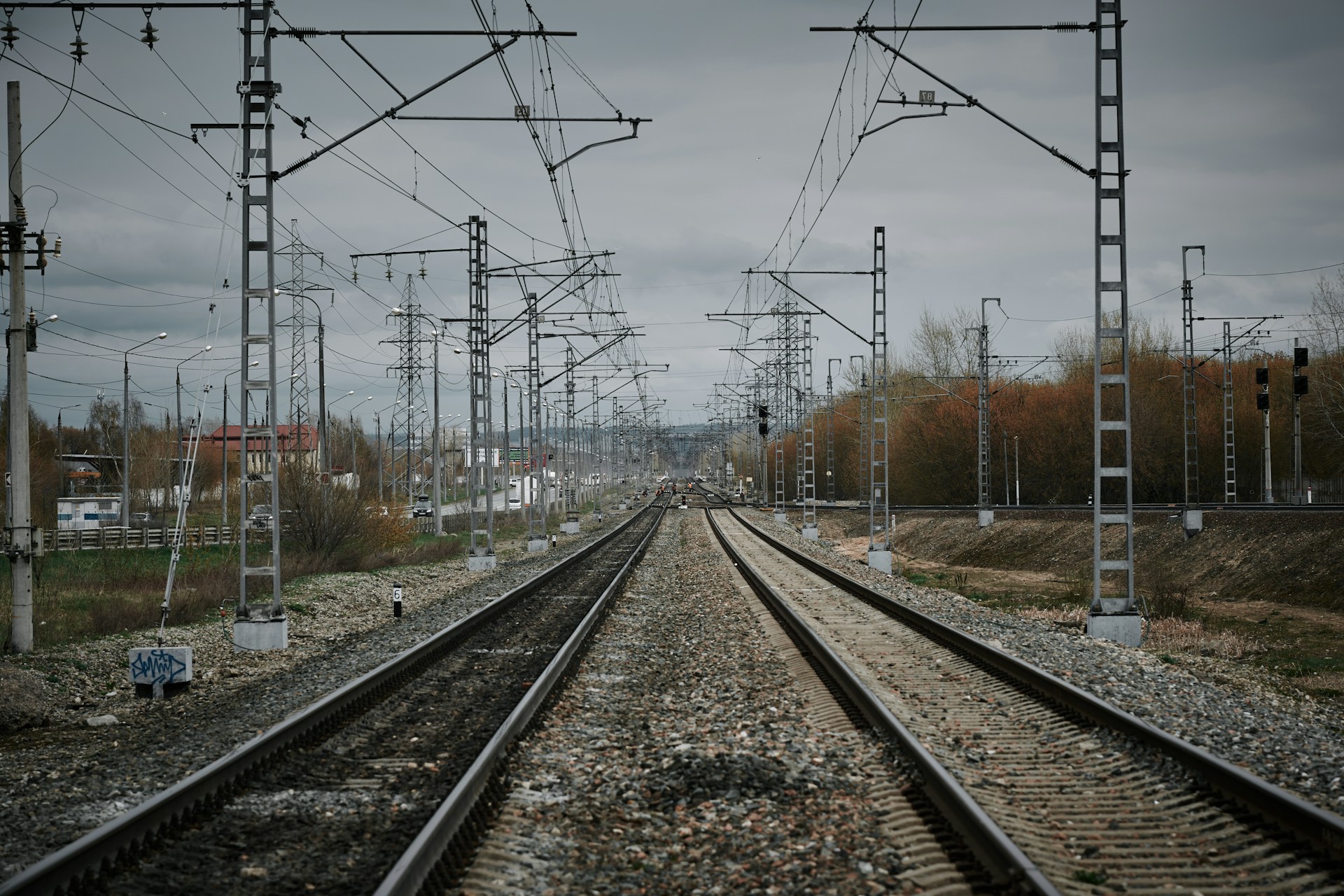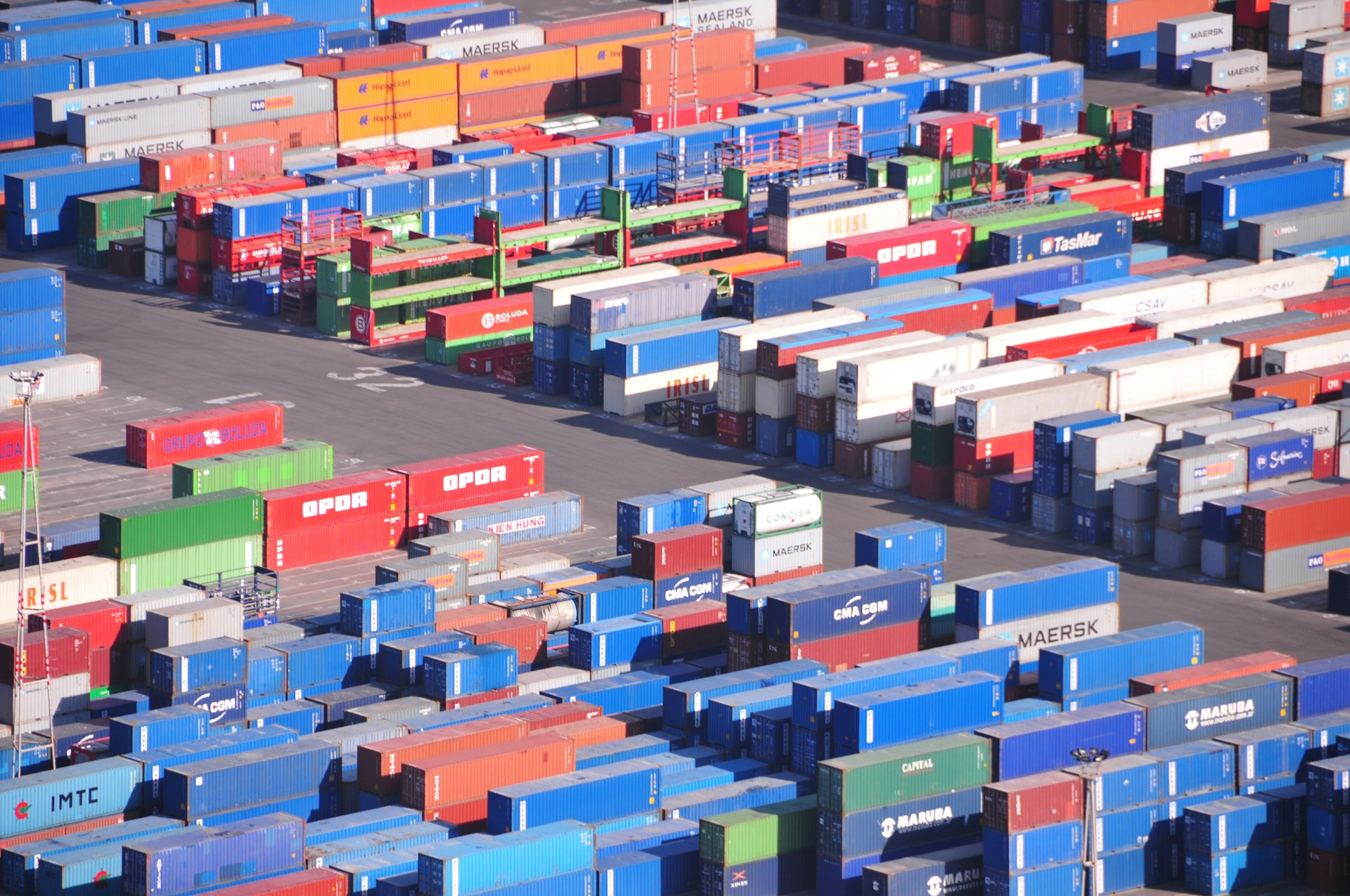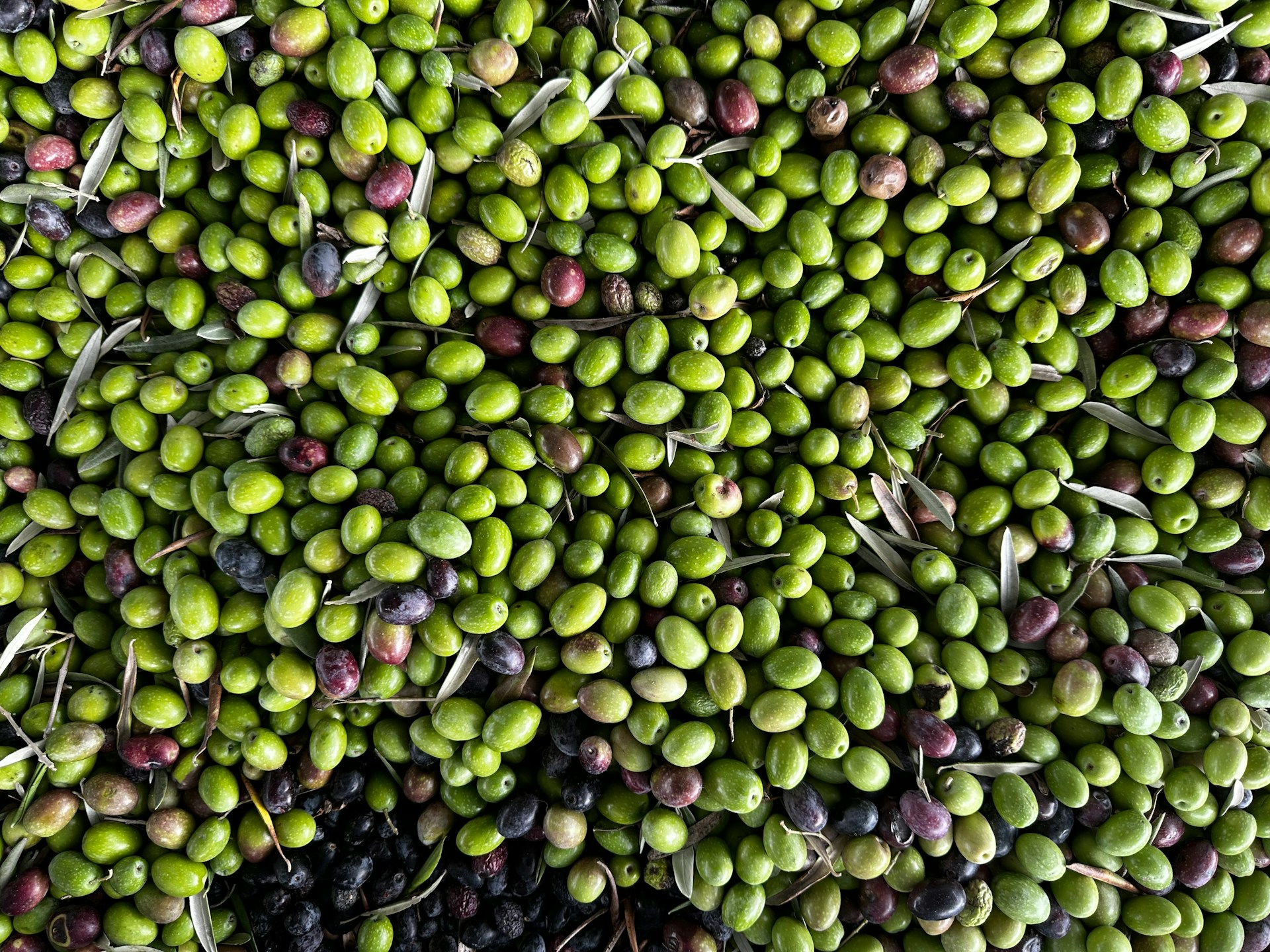Casablanca- As Morocco navigates through the complexities of its agricultural landscape, a concerning narrative unfolds amidst the valleys and villages across the nation. The scarcity, irregularity, and uneven distribution of rainfall paint a bleak picture for farmers, with cultivated areas shrinking and crop yields expected to plummet. In some severely affected regions, rural migration driven by drought exacerbates the already precarious situation. According to farmers themselves, the current season’s harvest may hit a historic low, signaling a challenging period ahead.
Mohamed Siddiqui, Minister of Agriculture, Fisheries, Rural Development, Water, and Forests, sounded the alarm on Monday, January 15, 2024, revealing alarming statistics regarding rainfall patterns. With only 77 mm of rain recorded so far during the agricultural season, a stark 54% decrease from the forty-year average, and a 44% drop compared to the previous year, the situation demands urgent attention. These figures underscore a troubling trend, reminiscent of the drought cycle that plagued Morocco six years ago, leading to a drastic decline in water resources across the nation.
The minister emphasized the grim reality of dwindling water reserves, standing at a mere 600 million cubic meters, marking an 83% decrease from the average. Historically, the water resources of dams have plummeted from 18 billion m3 during the period 1945-1980 to less than 5 billion m3 over the past five years. Large dams like Al-Masirah and Bin Al-Widan are on the brink of drying up, posing significant risks not only for the current agricultural season but also for the future.
The agricultural season of 2023-2024 experienced early rainfall in October followed by a near absence of rain in November. Although December saw a return of rainfall, the cumulative rate by December 31, 2023, remains alarmingly low, posing challenges for crop growth. Grain cultivation, crucial for the Fallow regions, relies entirely on rainfall. However, cultivated areas have diminished significantly, with only 400,000 hectares under cultivation out of a total of 750,000 hectares.
The livestock sector bears the brunt of the drought, with the looming threat of livestock dying from famine and skyrocketing feed costs leading to the closure of numerous livestock farms. This dire situation disproportionately impacts peasants, whose meager incomes barely sustain their families, leaving them reliant on government intervention to mitigate the effects of drought.
As Morocco grapples with these challenges, urgent action is imperative to safeguard the livelihoods of its agricultural communities and mitigate the far-reaching consequences of prolonged drought. The resilience of Morocco’s agricultural sector hinges on swift and decisive measures to address water scarcity, support farmers, and ensure food security for the nation.
